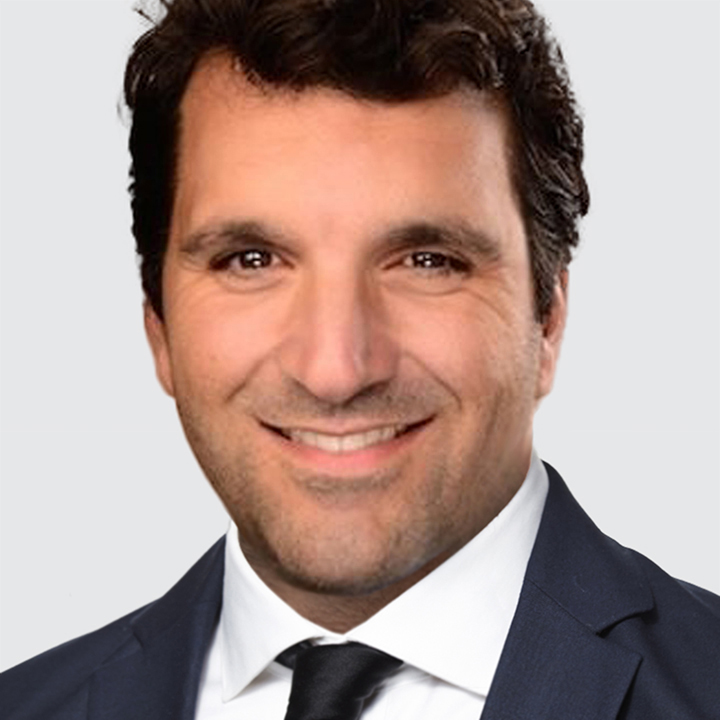All Eyes on PCE
US
USD steadied after dropping to more than a three-year low yesterday. Still, USD has scope grind lower in line with narrowing US-G6 2-year bond yield spreads. Fed funds rate cut bets have increased while most other major central banks are nearly done easing.
USD will take its cue today from the US May PCE data (1:30pm London). Headline PCE is expected at 2.3% y/y vs. 2.1% in April and core PCE is projected at 2.6% y/y vs. 2.5% in April. The Cleveland Fed’s inflation Nowcast model estimates headline and core PCE of 2.3% and 2.6%, respectively. Meanwhile, the median FOMC participant projects PCE and core PCE inflation of 3.0% and 3.1% over 2025, respectively. Elsewhere, personal spending is expected at 0.1% m/m vs 0.2% in April, and real personal spending is forecast at 0% m/m vs. 0.1% in April.
A modest pick-up in inflation and flat personal spending activity in May can add to worries the US economy may be moving in stagflationary direction. This is USD negative. Conversely, cooling inflation and soft personal spending would boost Fed funds rate cut bets against USD.
The ideal scenario for USD is a combination of cooling inflation and resilient consumer spending. Unfortunately, the rising ISM prices index and deteriorating consumer confidence suggest a Goldilocks outcome is unlikely.
A fresh update of the Atlanta Fed GDPNow model will be published later today. As of June 18, the Atlanta Fed GDPNow model estimates Q2 growth at 3.4% SAAR, driven primarily by net exports (+2.07pts). This is not indicative of solid economic activity as it largely reflects a tariff-related plunge in imports.
GOP leaders are racing to have the One Big Beautiful Bill Act (OBBBA) bill on President Donald Trump’s desk by Independence Day - July 4. In the meantime, the proposed Section 899 “revenge tax” of the OBBBA will be removed following the Treasury Secretary's request. This takes a major weight off the USD. The bill would have deterred foreign investment in US assets at a time when the US faces increasing reliance on foreign capital to finance its widening twin deficit – current account and budget deficits.
EUROZONE
EUR/USD is building on recent gains, trading above 1.1700. The small increase in inflation in France and Spain reinforces the case that the ECB’s rate-cutting phase is close to wrapping-up. In June, the EU harmonized CPI for both France and Spain rose 0.2pts to 0.8% y/y (consensus: 0.7%) and 2.2% y/y (consensus: 2.2%), respectively. The preliminary Eurozone June CPI is due July 1. The swaps market continues to imply one 25bps rate cut over the next 12 months and the policy rate to bottom at 1.75%.
CANADA
USD/CAD is trading heavy just above key support at 1.3600. Canada’s April GDP report is the domestic highlight (1:30pm London). Consensus see no growth in April after rising 0.1% in March. In contrast, Statistics Canada advance information indicates that real GDP increased 0.1% m/m in April. Increases in mining, quarrying, and oil and gas extraction and finance and insurance are projected to partially offset decreases in manufacturing.
Regardless, sticky underlying inflation suggests the bar for additional Bank of Canada (BOC) rate cuts is high. Core CPI (average of trim and median CPI) matched consensus at 3.0% in May vs. 3.1% in April, but is still above the 2% target. The swaps market is pricing in 36% probability of a 25bps cut at the next July 30 meeting and a total of 37bps of easing in the next 12 months that would see the policy rate bottom between 2.25-2.50%.
JAPAN
USD/JPY is holding under 145.00. The soft Tokyo CPI print in June points to easing inflation pressures nationwide. Headline fell 0.3pts to 3.1% y/y (consensus: 3.3%), core ex. fresh food fell 0.5pts to 3.1% y/y (consensus: 3.3%), and core ex. fresh food & energy fell 0.2pts to 3.1% y/y (consensus: 3.3%). More importantly, CPI ex. food & energy fell 0.3pts to a three-month low at 1.8% y/y, indicative of subdued underlying inflation.
Bottom line: the BOJ will not be rushing to resume raising rates which is an ongoing headwind for JPY. The swaps market is pricing-in just 50% odds of a 25bps rate hike by year-end and a total of 50bps of tightening to 1.00% over the next three years.
NEW ZEALAND
NZD/USD is nearing a breakout, trading just shy of the June 16 high at 0.6088. New Zealand consumer confidence improves in June. The ANZ consumer confidence index rose 5.9 points to a six-month high at 98.8, with all component questions higher. Specifically, the proportion of households thinking it’s a good time to buy a major household item, the best retail indicator, lifted 3 points to -7.
The RBNZ easing cycle has likely come to a halt. Indeed, Governor Christian Hawkesby stressed recently that “when we next meet in July a further cut in the OCR is not a done deal…We’re really more in a phase where we are taking considered steps, data dependent.” The swaps market implies 20% odds of a rate cut at the next July 9 meeting and 36bps of total easing over the next 12 months for the policy rate to bottom between 2.75-3.00%.

